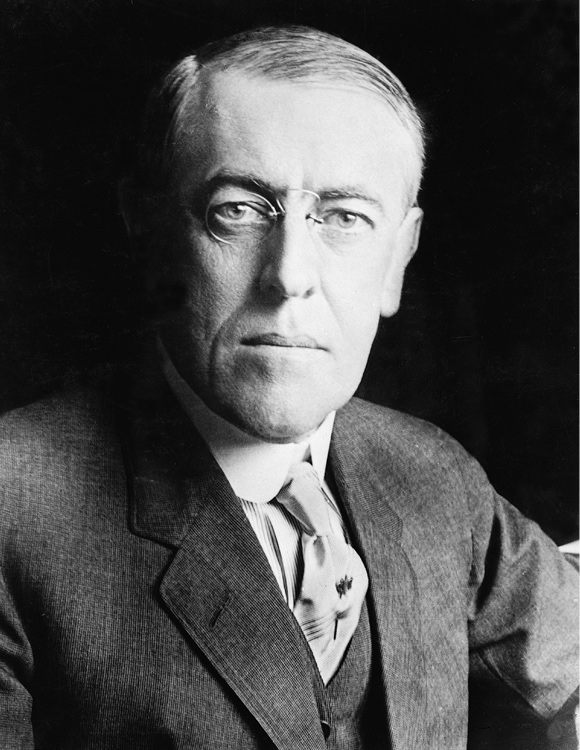Pig breeding, the production of energy commodities and ore mining all follow the hog cycle, a key pricing model.
Michael Hillbrink, Senior Investment Advisor, LGT Bank (Switzerland)
LGT, March 8, 2021
Developing an understanding of why what costs how much and when is an important prerequisite for operating successfully in a market. The model that Arthur Hanau described in his dissertation on forecasting pork prices addresses this matter and therefore provides insights into an important economic concept.
In 1927, Hanau, an agronomist, for the first time examined pricing in a specific market in which supply and demand are balanced. He used the pork market as an example. When a market is thrown out of balance, for example by a wealthier population causing a sharp increase in demand for pork, economists refer to this as a demand shock. And because a certain amount of time must pass before pigs can be slaughtered, supply can only be adjusted to meet the increased demand slowly. The result is rising prices with an initially unchanged supply.

Described the phenomenon of the pig cycle for the first time in 1927: agronomist Arthur Hanau.
As this results in an increase in the suppliers’ profits, they then invest in increasing the number of livestock, which in turn leads to higher supply and falling prices. The problem is that suppliers cannot know in advance exactly what the new equilibrium price will be, meaning they can tend to be too optimistic when forecasting the new price. In such cases, they build up too much capacity, meaning that the new quantity of supply that has established itself can only be sold at a very low price. The suppliers thus suffer losses and in consequence, tighten their supply. However, this tightening will also only take effect with a delay and may be excessive. This leads to the price rising again – and the hog cycle begins anew.
A look at the price trend of most industrial metals, agricultural commodities and energy sources since the beginning of this millennium shows that the relatively long interval between a rise in demand and the effective expansion of production capacities applies to virtually all categories of commodities and initially leads to a sharp rise in prices. For example, the relationship between oil prices and the age of the capital stock used for extraction and processing demonstrates that a rising oil price leads to a rise in investment and, consequently, to a lower average age of equipment. Conversely, a falling oil price results in a decrease in investment and consequently to an increased age of the equipment used.
A look at the price trend of most industrial metals, agricultural commodities and energy sources since the beginning of this millennium shows that the relatively long interval between a rise in demand and the effective expansion of production capacities applies to virtually all categories of commodities and initially leads to a sharp rise in prices. For example, the relationship between oil prices and the age of the capital stock used for extraction and processing demonstrates that a rising oil price leads to a rise in investment and, consequently, to a lower average age of equipment. Conversely, a falling oil price results in a decrease in investment and consequently to an increased age of the equipment used.
In the past, Chinese economic growth, in particular, was the driving force behind a demand shock in commodity markets, initially leading to a sharp rise in prices and, in a next step, to a rise in investment. The country thus undertook to exploit oil deposits everywhere, from deep sea waters to permafrost regions.

Role model: the market for pork.
However, for around two years now, we have been seeing that the hog cycle consists not only of a boom phase, but that instead, the price pendulum can swing just as heftily in the direction of falling prices as it previously did in the direction of rising ones. Once again, China’s role in this is key, because due to the fact that the country’s demand is no longer growing, it is one of the causes of the oversupply of crude oil.
A new order
There is, however, another important factor at play here, which is quite aptly described as the “new oil order” – an allusion to the US-centric vision of a “new world order” put forward by US President Woodrow Wilson after the end of the First World War. With the exploitation of US shale oil reserves, the oil market has undergone a fundamental transformation: the US, formerly the largest consumer of crude oil on the global market, now supplies itself. Since sufficient pipelines have been built to connect the US oil fields in the country’s interior with the refineries on the coast, the US now even exports processed oil products.
In addition to the geopolitical implications, this has tangible consequences for the oil market. The former business partners in the Middle East have become competitors in the oil market. As a result, Saudi Arabia in particular is trying to squeeze the new competition out of the market by keeping supply high, even though the price has reached a six-year low.

Oil shale: "With the development of U.S. shale oil reserves, the oil market has undergone a fundamental transformation."
But it is far from certain that the Saudis’ tactics will work. This is because, unlike for other oil reserves, shale oil extraction becomes possible a short time after making an investment to this end. Sophisticated drilling is no longer necessary. And if the price falls below the extraction costs, production can be halted quite quickly. This significantly shortens the hog cycle and reduces entrepreneurial risk.
Those who fall by the wayside
At the same time, the cut-throat competition is causing existential problems for those countries that were previously able to conceal their inefficiencies thanks to a high oil price: Venezuela, for example, is on the verge of insolvency, Brazil is sliding deeper and deeper into recession, and in Nigeria, domestic problems have also become more acute as the price of oil has fallen.
The low oil price can also be a cause for concern in the countries on the demand side of the equation, as it complicates the efforts of the central banks there to raise inflation back to a measurable level. In this case, however, time will resolve the matter, because the base effect, which is based on a comparison with the previous year, will decrease towards the end of this year, and the deflationary influence of the lower oil price will decline along with it. Venezuelans would be only too happy if all their problems could be resolved that easily.
This article was first published on LGT's financial blog.
Original report



